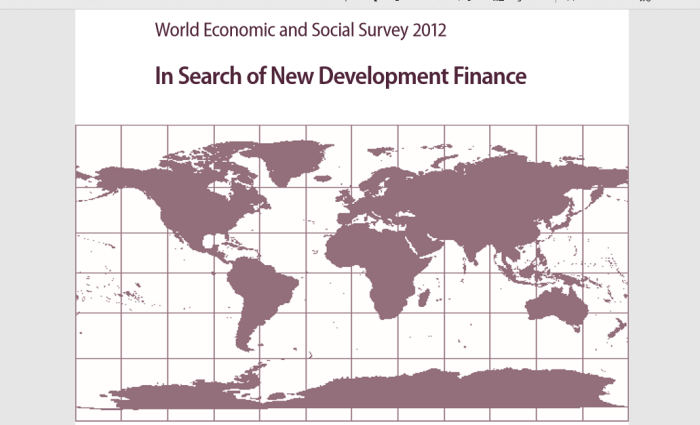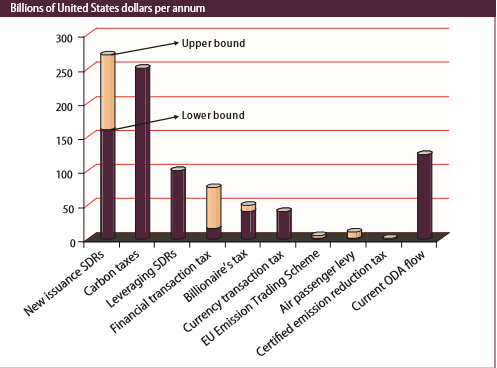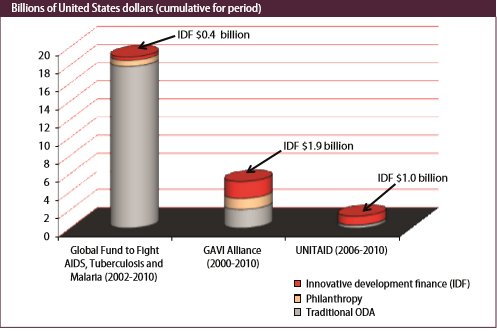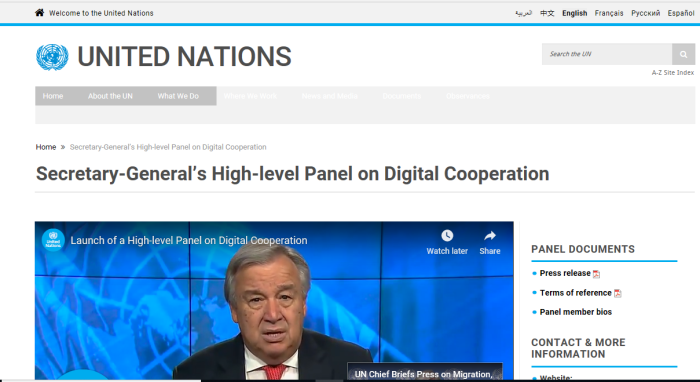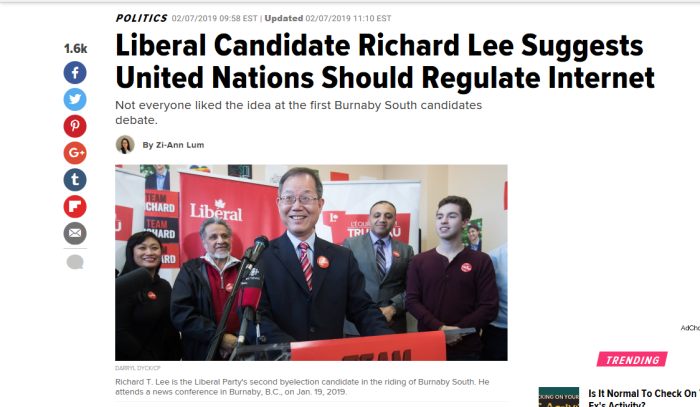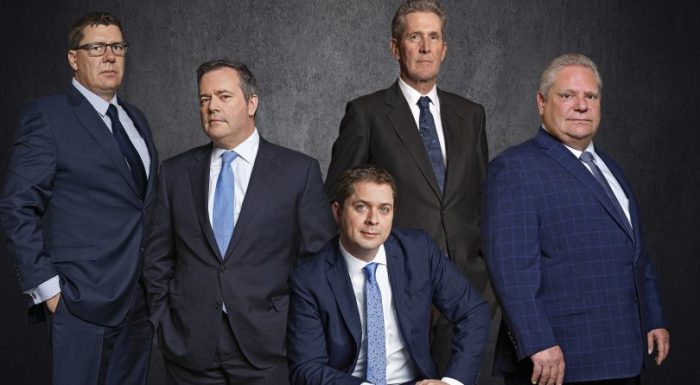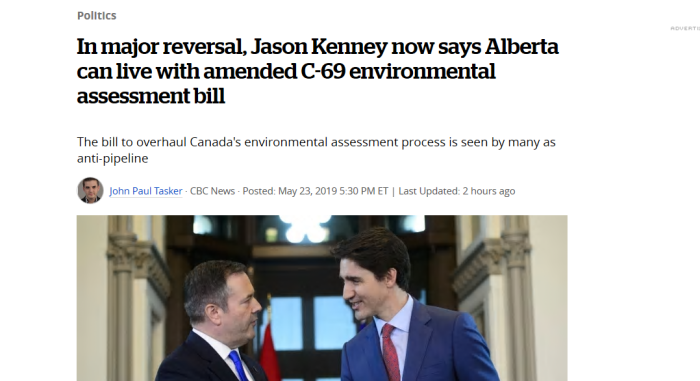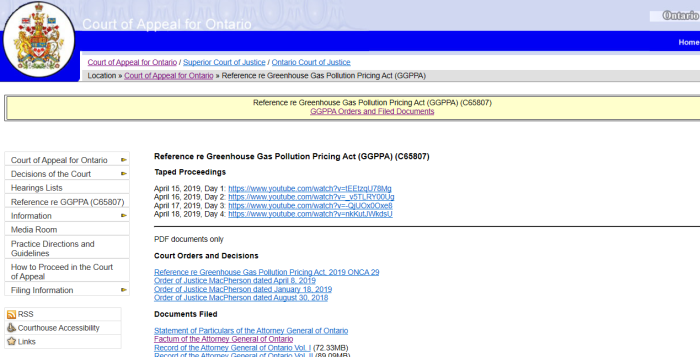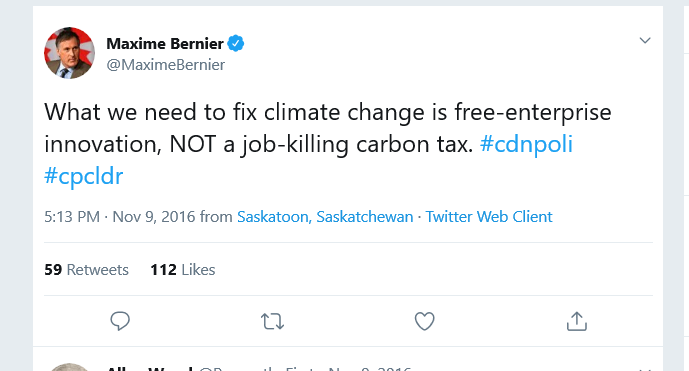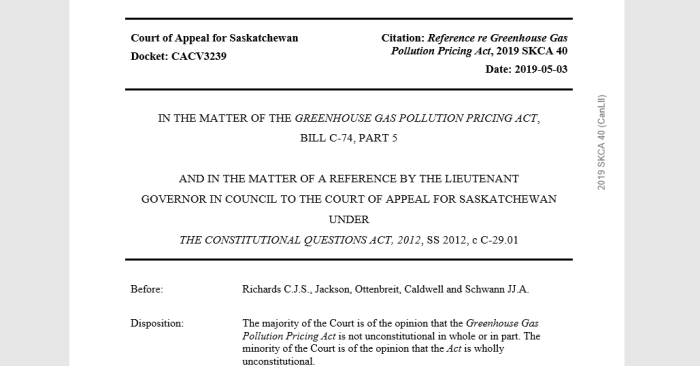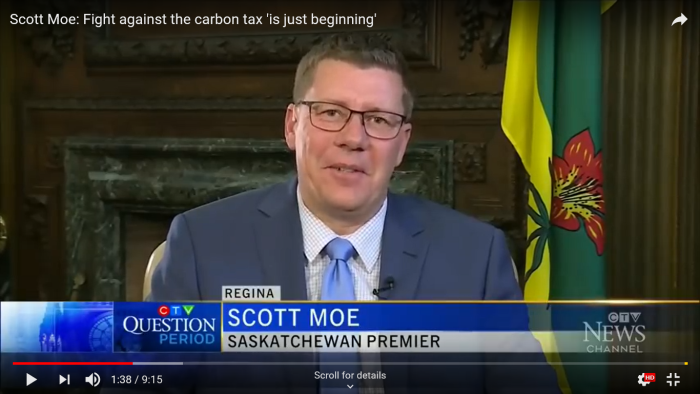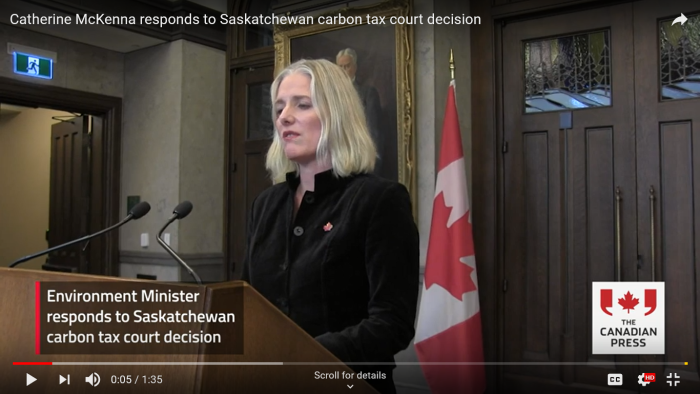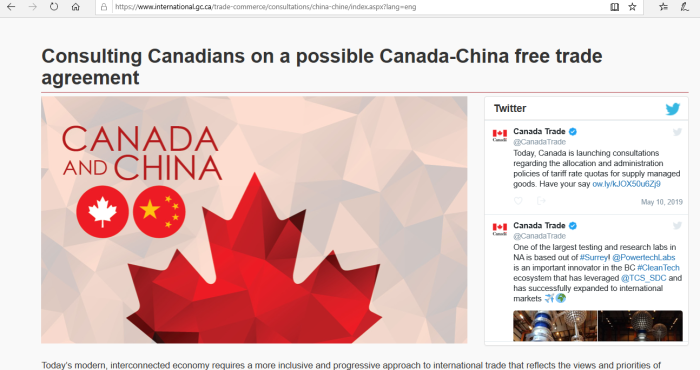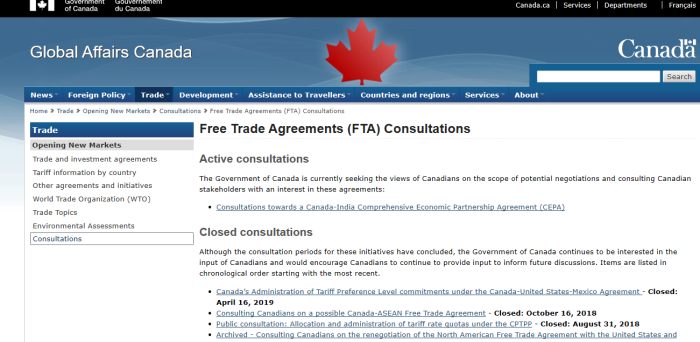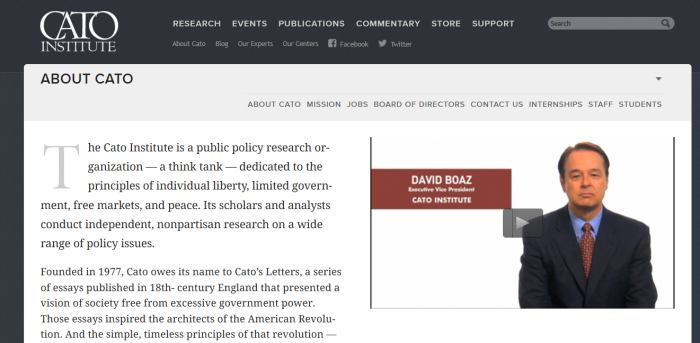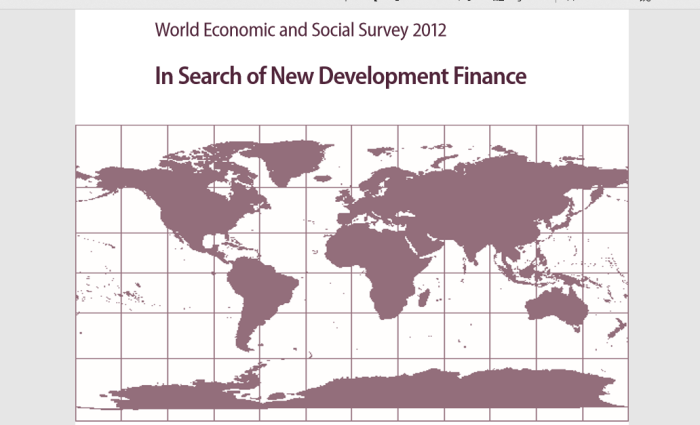
(Ways to raise money)
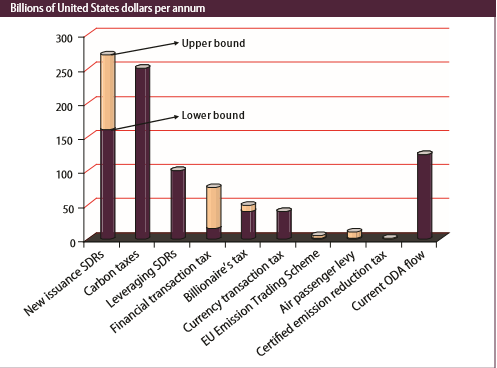
(Sources of money for health initiatives)
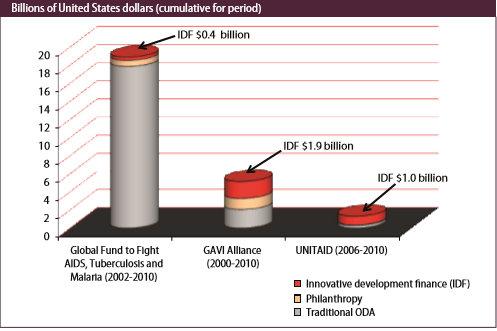
An internationally concerted carbon tax could raise $250 billion per year…
(Page 13)
In this vein, a tax of $25 per ton of CO2 emitted by developed countries is expected to raise $250 billion per year in global tax revenues. Such a tax would be in addition to taxes already imposed at the national level, as many Governments (of developing as well as developed countries) already tax carbon emissions, in some cases explicitly, and in other cases, indirectly through taxes on specific fuels
…and a small currency transaction tax could add an estimated $40 billion…
1. Debunking The Climate Change Scam
CLICK HERE, for #1: major lies that the climate frauds tell.
CLICK HERE, for #2: review of the Paris Accord.
CLICK HERE, for #3: Bill C-97, the GHG Pollution Pricing Act.
CLICK HERE, for #4: in 3-2 decision, Sask. COA allows carbon tax.
CLICK HERE, for #5: controlled opposition to carbon tax.
CLICK HERE, for #6: controlled opposition Cons ==> Supreme Court.
CLICK HERE, for #7: climate bonds pitched as $100T industry.
CLICK HERE, for #8: Joel Wood pitching various pricing options.
CLICK HERE, for #9: Mark Carney and UN climate finance.
CLICK HERE, for #10: Goldman Sachs, Obama, Clinton, Chicago CX.
CLICK HERE, for #11: Coronavirus, Pirbright Inst, Gates, Depopulation.
CLICK HERE, for #12: AOC and the “Green New Deal”.
CLICK HERE, for #13: UN seeks new development financing.
CLICK HERE, for BOLD Like A Leopard Guest Posting.
2. Important Links
UN.new.development.financing.2012.178pages
CLICK HERE, for the UN Convention Against Transnational Organized Crime.
CLICK HERE, for UN Sustainable Development Goals.
CLICK HERE, for Devex article explaining debt-for-development.
CLICK HERE, for World Bank explanation for debt-for-development trade.
CLICK HERE, for debt swaps for sustainable development.
CLICK HERE, for loss of sovereignty article.
CLICK HERE, for an IMF article on debt swaps.
3. This Is The Bait:
(From Page 10)
Two main sources are considered: taxes levied on international transactions and/or taxes that are internationally concerted, such as the air-ticket solidarity levy, financial or currency transaction taxes and carbon taxes; and revenues from global resources, such as SDR allocations and proceeds derived from the extraction of resources from the global commons, through, for example, seabed mining in international waters. Proposals on potential sources of finance for international development cooperation in both categories have been discussed for decades, although most of these, with the exception of the proposal on an airline levy, have not yet been adopted.
So what kind of “revenues” are raised?
- taxes on international transactions
- internationally concerted taxes
- air-ticket solidarity levy
- financial or currency transaction taxes
- carbon taxes
This is how bait-and-switch works:
(1) Raise money using cause A.
(2) Actually spend the money on cause B.
4. And Here Is The Switch:
An array of other options with large fundraising potential have been proposed (see figure O.1 and table O.1), but have not been agreed upon internationally thus far. These include taxes on financial and currency transactions and on greenhouse gas emissions, as well as the creation of new international liquidity through issuance of special drawing rights (SDRs) by the International Monetary Fund IMF), to be allocated with a bias favouring developing countries or leveraged as development financing. Though their potential may be high, these proposals are subject to political controversy. For instance, many countries are not willing to support international forms of taxation, as these are said to undermine national sovereignty.
There are also challenges in the use and allocation of funds mobilized internationally. Most existing innovative financing mechanisms earmark resources upfront for specific purposes, as is the case for the global health funds. There are perceived benefits in doing so. Advocates argue that the earmarking helps build political support and attract funds by establishing a clear link between fundraising and popular causes. This may come at a cost, however, since earmarking funds can limit domestic policy space for channelling resources to nationally defined priorities.
This explains why there is the bait-and-switch. Countries are not willing to support international taxation. Therefore it is necessary to raise money under the pretense of “environmentalism”. It also shows that the UN feels little resistance to misleading the public on where money is being used for.
(From Page 10)
Some innovations focus on intermediation mechanisms designed to better match funding and needs by facilitating front-loading of resources (which include several mechanisms channelling resources to global health funds and some debt-for-development swap mechanisms), by mobilizing public means to guarantee or insure natural disaster risks or technology development for public causes, or by securing specific-purpose voluntary contributions from the private sector for official development cooperation. Various mechanisms of these types do exist, but they are not large in size.
Several global funds that act as allocation mechanisms are generally also considered to come under the rubric of innovative development financing. Disbursement mechanisms in the health sector include the Global Fund to Fight AIDS, Tuberculosis and Malaria, UNITAID and the GAVI Alliance. These mechanisms collect financing directly from sources or through intermediary financing mechanisms. UNITAID is the only disbursement mechanism that obtains the bulk of its financing from an innovative source, the air-ticket solidarity levy. Other funds rely mainly on traditional sources of financing.
Though the bulk of money raised is collected under the pretense of “environmentalism”, the UN makes it clear that the cash will be spent on a few “other” purposes.
- Global Health Funds
- Debt-for-Development Swap Mechanisms
5. UN Violates Own Convention
From the UN Convention Against Transnational Organized Crime
Article 4(1)
Article 4. Protection of sovereignty
1. States Parties shall carry out their obligations under this Convention in a manner consistent with the principles of sovereign equality and territorial integrity of States and that of non-intervention in the domestic affairs of other States.
2. Nothing in this Convention entitles a State Party to undertake in the territory of another State the exercise of jurisdiction and performance of functions that are reserved exclusively for the authorities of that other State by its domestic law.
Article 5
Article 5. Criminalization of participation in an organized criminal group
1. Each State Party shall adopt such legislative and other measures as may be necessary to establish as criminal offences, when committed intentionally:
(a) Either or both of the following as criminal offences distinct from those involving the attempt or completion of the criminal activity:
(i) Agreeing with one or more other persons to commit a serious crime for a purpose relating directly or indirectly to the obtaining of a financial or other material benefit and, where required by domestic law, involving an act undertaken by one of the participants in furtherance of the agreement or involving an organized criminal group;
Consider that the New Development Financing involves obtaining huge sums of money under false pretenses. While the publics are told that much of this revenue will be for environmental causes, it becomes clear from later in the document that it will be spent on other purposes (such as debt-for-development and health care causes).
Taking money for purposes other than what is advertised is fraud.
6. Debt Conversion Mechanisms
(Page 86) Debt-conversion mechanisms
Debt conversion entails the cancellation by one or more creditors of part of a country’s debt in order to enable the release of funds which would otherwise have been used for debt-servicing, for use instead in social or environmental projects. Where debt is converted at a discount with respect to its face value, only part of the proceeds fund the projects, the remainder reducing the external debt burden, typically as part of a broader debt restructuring.
Debt to developing nations can be “forgiven”, at least partly, if certain conditions are met. However, the obvious question must be asked:
Can nations be loaned money they could never realistically pay back, in order to ensure their compliance in UN or other global agenda, by agreeing to “forgive” part of it?
(Page 86) Debt conversion first emerged, in the guise of debt-for-nature swaps, during the 1980s debt crisis, following an opinion article by Thomas Lovejoy, then Executive Vice-President of the World Wildlife Fund (WWF), in the New York Times in 1984. Lovejoy argued that a developing country’s external debt could be reduced (also providing tax relief to participating creditor banks) in exchange for the country’s taking measures to address environmental challenges. Estimates based on Sheikh (2010) and Buckley, ed. (2011) suggest that between $1.1 billion and $1.5 billion of debt has been exchanged through debt-for-nature swaps since the mid–1980s, although it is not possible to assess how much of this constitutes IDF, for the reasons discussed in box III.1.
If debt can be forgiven in return for environmental measures, then why not simply fund these environmental measures from the beginning? Is it to pressure or coerce otherwise unwilling nations into agreeing with such measures?
(Page 88)
There have been two basic forms of debt-for-nature exchanges (Buckley and Freeland, 2011). In the first, part of a country’s external debt is purchased by an environmental non-governmental organization and offered to the debtor for cancellation in exchange for a commitment to protect a particular area of land. Such transactions occurred mainly in the late 1980s and 1990s and were generally relatively small-scale. An early example was a 1987 deal under which Conservation International, a Washington, D.C.-based environmental non-governmental organization, bought $650,000 of the commercial bank debt of Bolivia (now Plurinational State of Bolivia) in the secondary market for $100,000, and exchanged this for shares in a company established to preserve 3.7 million acres of forest and grassland surrounding the Beni Biosphere Reserve in the north-east part of the country.
In the second form, debt is exchanged for local currency (often at a discount), which is then used by local conservation groups or government agencies to fund projects in the debtor country. Swaps of this kind are generally much larger, and have predominated since the 1990s. The largest such swap came in 1991, when a group of bilateral creditors agreed to channel principal and interest payments of $473 million (in local currency) into Poland’s Ecofund set up to finance projects designed to counter environmental deterioration. The EcoFund financed 1,500 programmes between 1992 and 2007, providing grants for conservation projects relating to cross-border air pollution, climate change, biological diversity and the clean-up of the Baltic Sea (Buckley and Freeland, 2011).
We will “forgive” your debt if:
(1) A portion of your land is off limits; or
(2) Debt converted to currency to fund “projects”
Debt For Health
(Page 89)
Since the development of debt swaps in the 1980s, there has been a diversification of their uses to encompass social projects, most recently in the area of health under the Debt2Health initiative, which was launched by the Global Fund to Fight AIDS, Tuberculosis and Malaria in 2007 to harness additional resources for its programmes. Under Debt2Health, a donor country agrees to reduce part of a loan ineligible for debt relief under global initiatives such as the HIPC and Multilateral Debt Reduction Initiatives, in exchange for a commitment by the debtor to invest (in local currency) half of the nominal value of the debt in programmes approved by the Global Fund. The Global Fund is committed to devoting all of the funds thus generated to financing programmes in the country rather than overhead costs (Buckley, 2011c).
Debt For Education
(Page 90)
In addition to the uses described above, debt swaps have also been successfully implemented for education and development.2 Clear delineation among the various types of swaps is often problematic, however, as debt-for-development swaps typically provide funding for environmental, health and/or education projects.
……..
. Although nominally debt-conversion operations, these Contracts stipulate that debtor countries are to continue to service these debts in full, while receiving, however, an equivalent amount of new ODA grants tied to specific programmes when they do so (Agence Française de Développement, n.d.). Thus, resources are not redirected from debt servicing to other uses; rather, potential fiscal savings from debt-service reduction are forgone, the resources instead being directed to specific uses (Buckley, 2011a). These transactions thus cannot be considered to constitute IDF
So in these cases the debt isn’t really forgiven. The indebted nation will still have to make payments, while other money will be coming in for other purposes.
The funding generated by debt swaps is closely tied to their designated end use (although the effectiveness of this depends on monitoring mechanisms). While this effective earmarking of budgetary funds indicates a trade-off with policy space, the debt relief provided by converting debt at a discount (where the debt would otherwise have been serviced) releases resources for use in accordance with national priorities. However, the exclusion of relevant ministries and limited civil society participation in the design and implementation processes may undermine coherence with medium-term national development strategies.
To make absolutely clear, this debt forgiveness isn’t free. There is always some trade off. Here, it seems to be having your nation’s sovereignty eroded in return for being cut a break.
While all of this is couched in very pretty rhetoric, one really has to ask what is really the costs?
7. “Voluntary” Pesticide Use In Crops
Here is one such “pull measure” (page 98)
The World Bank is currently developing agricultural projects based on pull mechanisms through the Agricultural Pull Mechanism (AGPM) initiative, with the objectives of increasing production, reducing losses and enhancing food security for small farmers. There are six pilot programmes currently being developed, which are expected to be launched in June 2012. Their objectives are:
-To develop distribution networks for bio-fortified crop varieties (high pro-vitamin A cassava, maize and sweet potato, and high in iron beans) in Africa
-To promote the development and use of new hybrid rice varieties in South Asia
-To develop improved fertilizers and fertilizer production processes
-To promote adoption of improved post-harvest storage technologies
-To incentivize the use of biocontrol mechanisms against aflatoxin contamination of crops
-To promote development and use of a vaccine against peste des petits ruminants in livestock in Africa
Interesting. How much of this is done in the first world?
8. Now Comes Climate Change
(Page 120)
The unprecedented global improvements in average living standards over the last two centuries have come at the cost of serious degradation of the natural environment. The most serious environmental threat is climate change, brought about by global emissions of carbon dioxide and other greenhouse gases. In addition to considerable expenditure for adaptation, climate change necessitates a fundamental shift in development strategies towards a much less carbon-intensive model, and a major reduction in reliance on fossil fuels.
While climate change arises overwhelmingly from historical emissions in developed countries, it impacts disproportionately the well-being and livelihoods of people in developing countries. This makes a compelling case for the assumption by richer countries of the costs of mitigation and adaptation
Read the next several pages. While the paper talks at length about how to “raise” money for climate change causes, it is surprisingly vague about how this money will actually be spent. There are some bland references to technology, but no specifics.
The paper cites “Carbon Dioxide and other greenhouse gases” but CO2 is the only one to actually be named.
Furthermore, the UN tries to promote mass migration to the West. However, this would be illogical, since on average, Western nations leave a much bigger “footprint” than others do.
While “financing” climate change efforts features prominently in later sections of the paper, it gives no real information on how the money would be put to use.
9. Is This Predatory?
From the Journal of Politics and Law Article (see here).
Budget constraints are severely undermining the capacity of governments of developing countries to provide their people even the most basic of social services. This lack of finance is in turn caused by several factors including, among others, huge military spending, pervasive corruption and large repayments of debts owed to the developed world. These factors, either singly or in combination, eat up government funds that can otherwise be spent on education, health, housing and other social services. Economists have a better way of describing it – these factors ‘crowd out’ essential public spending designed to benefit the people. (Note 1) As a result, these governments are unable to steer their countries towards the path of economic development and entire peoples are unable to enjoy the most fundamental of economic, social and cultural rights“
This is what we are financing.
Our leaders take from us, claiming it is for efforts to “protect the environment”. Money is then spent abroad in the developing world, often awarded in the form of loans. When such nations cannot pay back the money they owe, they become indebted to their creditors. This is usually bodies like the UN or IMF.
Bait: Tax to save environment
Switch: Predatory loans to developing world.
This is the bait-and-switch. It is highly unethical to take advantage of people like this.

